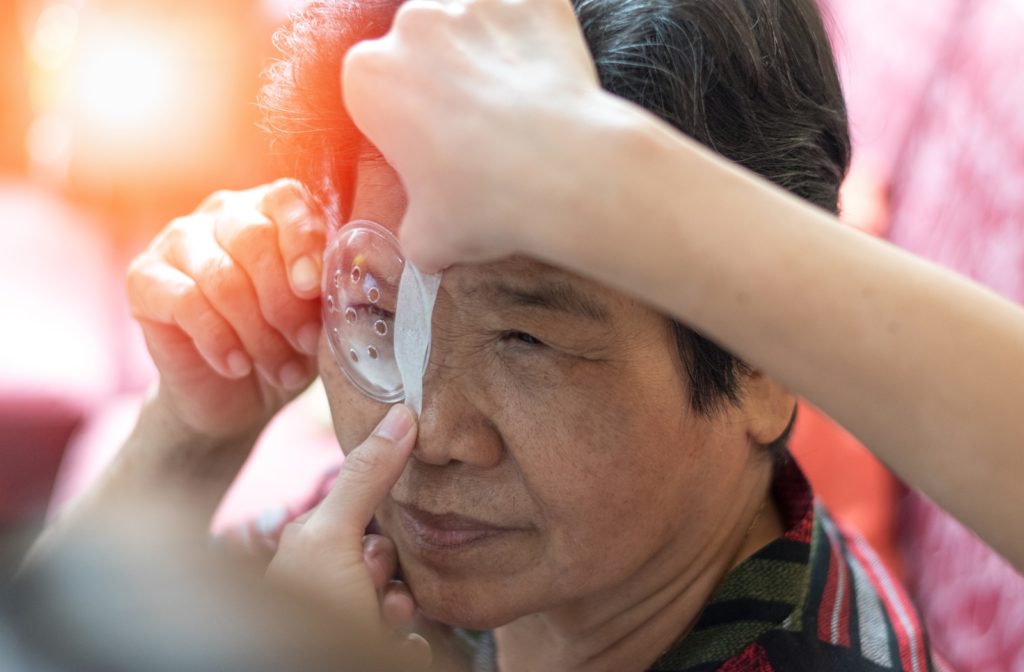So you’re getting older, and your vision is starting to get blurry and a little hazy. Don’t worry—this is a normal part of aging. Your eye system naturally begins to decline, and one of the most common conditions comes in the form of cataracts.
Cataracts result from the transparent lens in your eye becoming cloudy. They can be corrected with prescription eyeglasses or contact lenses, but the only permanent way to treat cataracts requires surgery.
Today, we’ll learn about cataracts and the dos and don’ts after undergoing cataract surgery.
What Are Cataracts?
As we get older, there are a variety of changes we begin to recognize happening to our bodies, especially with our eyes. Our vision is likely to be the change we spot the easiest as it is one of the most vital bodily functions.
Many things can go wrong with our eyes, making it difficult to diagnose correctly, which is why recognizing the symptoms and signs of the issues pertaining to our vision is paramount to the successful remedying of the condition. Here are a few symptoms and signs to keep an eye out for (pun intended).
- Blurry or foggy vision
- Colours appearing dull or muted
- Sensitivity to light
- Difficulty with coordination
- Feeling like a film is covering your eyes
A corrective procedure is required when the condition has developed to the point where your vision loss affects your daily living. This is why it is important to notify your doctor right away if you notice any signs of cataracts developing.

What You Need to Know About Cataract Surgery
Corrective procedures such as cataract surgery are not as novel as they once were. With 2.5 million Canadians currently living with cataracts, cataract surgery is the most commonly performed medically-necessary procedure in Canada. The procedure and its high success rate: 95 to 100% of adults are satisfied with the results.
Cataract surgery involves removing your natural lens and replacing it with an artificial one. The procedure itself is quick and painless. It may cause slight discomfort for some patients, but your doctor will provide you with as much information as you need to recover as quickly as possible.
The procedure is fairly straightforward and takes approximately one hour from start to finish. It consists of an incision in your eye where an ultrasound tool is used to break the cataract forming on your lens. The cataract pieces are then removed and replaced with an artificial lens.
The most important part of any medical surgery is to be as well informed as to the dos and don’ts after the procedure. We want to make sure your healing process is seamless, ensuring you can get back to enjoying the rest of what life has to offer. Remember, always communicate any concerns you have before and after your procedure, but here are 8 quick tips of dos and don’ts to remember after you’ve had cataract surgery.
8 Quick Tips to Keep in Mind After Cataract Surgery
After you have had cataract surgery, discomfort may linger. At first, you will have to step back from daily activities around the house; however, depending on how well you’ve followed your doctor’s instructions, it won’t be for long. Generally, people begin to have better vision 1 to 3 days after surgery. Along with medicine, your doctor may prescribe, here are 8 quick tips to remember after surgery.
- Follow your doctor’s instructions.
- Although you can read and watch TV, it’s best to keep it to a minimum for a few days.
- Do NOT rub your eyes, even if you feel some pressure, for at least a week.
- Avoid strenuous activities for a week, swimming, gardening, and running
- Wear sunglasses in the sun for at least a year after the surgery.
- Rest when you feel tired.
- Do not drive until your doctor has permitted you to.
Be careful in the kitchen and always ask for help when you need it.
Correct Your Vision Safely
If you’re starting to notice vision changes, come in for a comprehensive eye exam with one of our skilled optometrists. We recommend that adults over 65 have annual eye exams to watch for signs of age-related conditions like cataracts. Contact us today!


